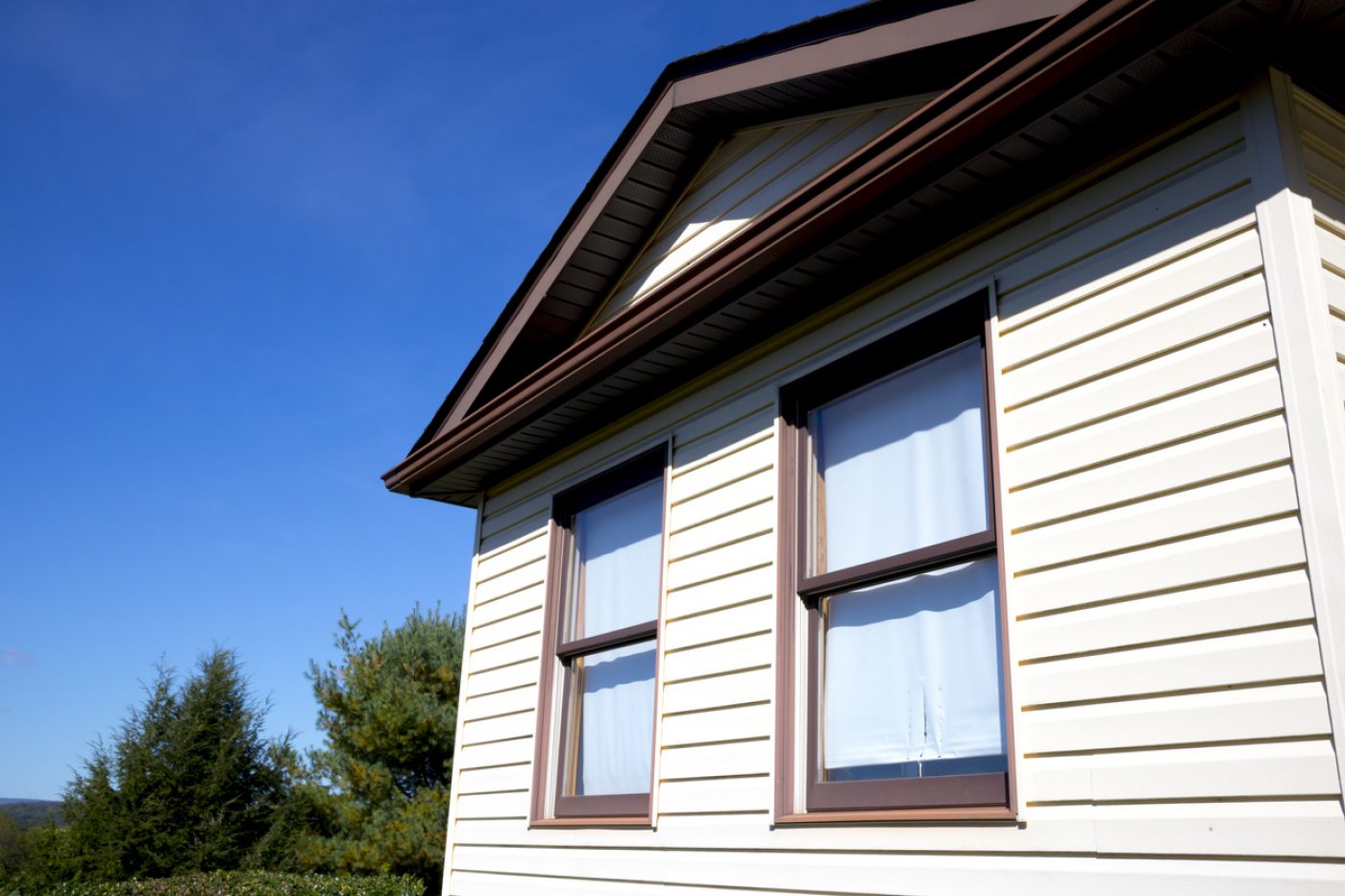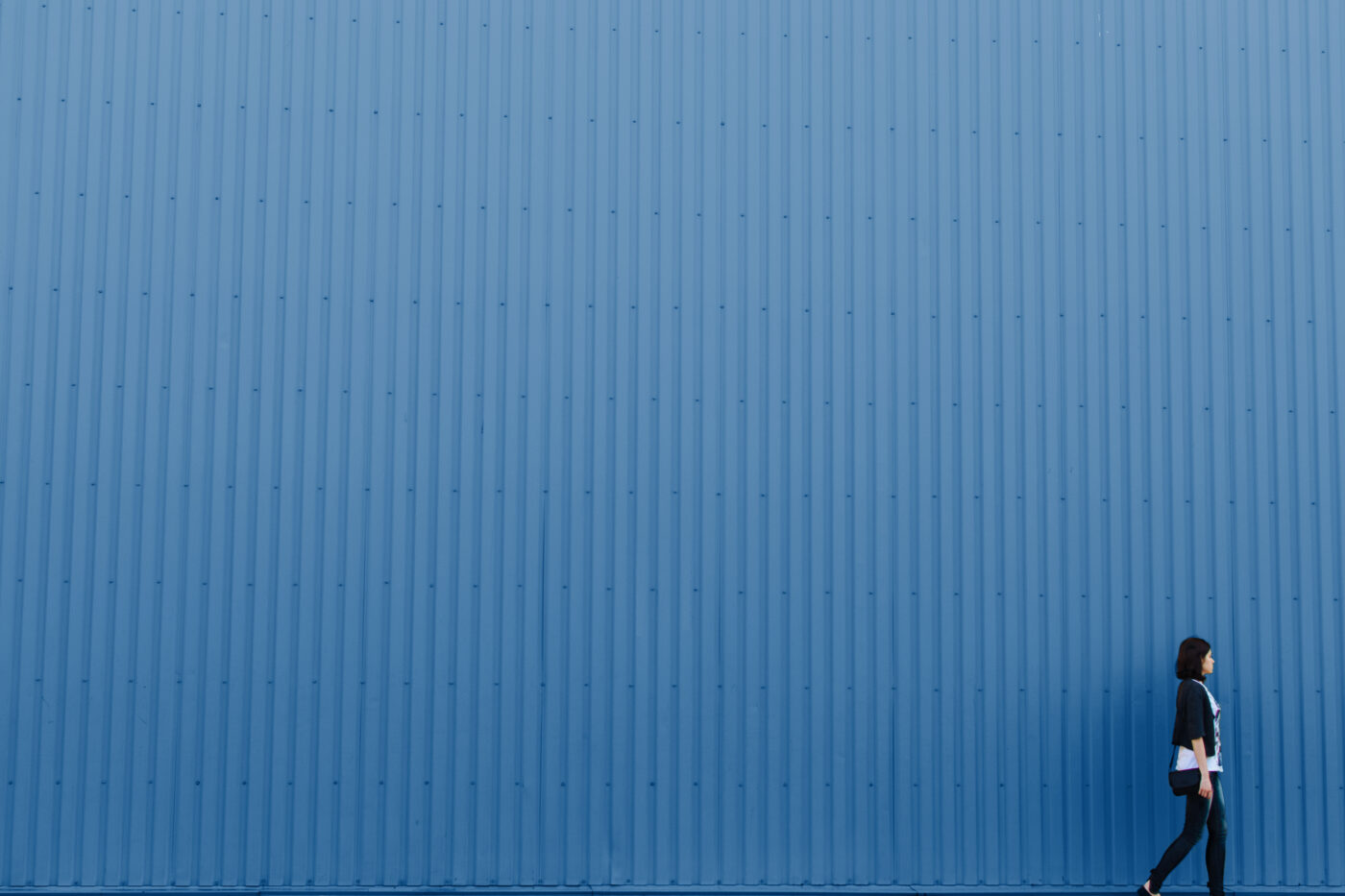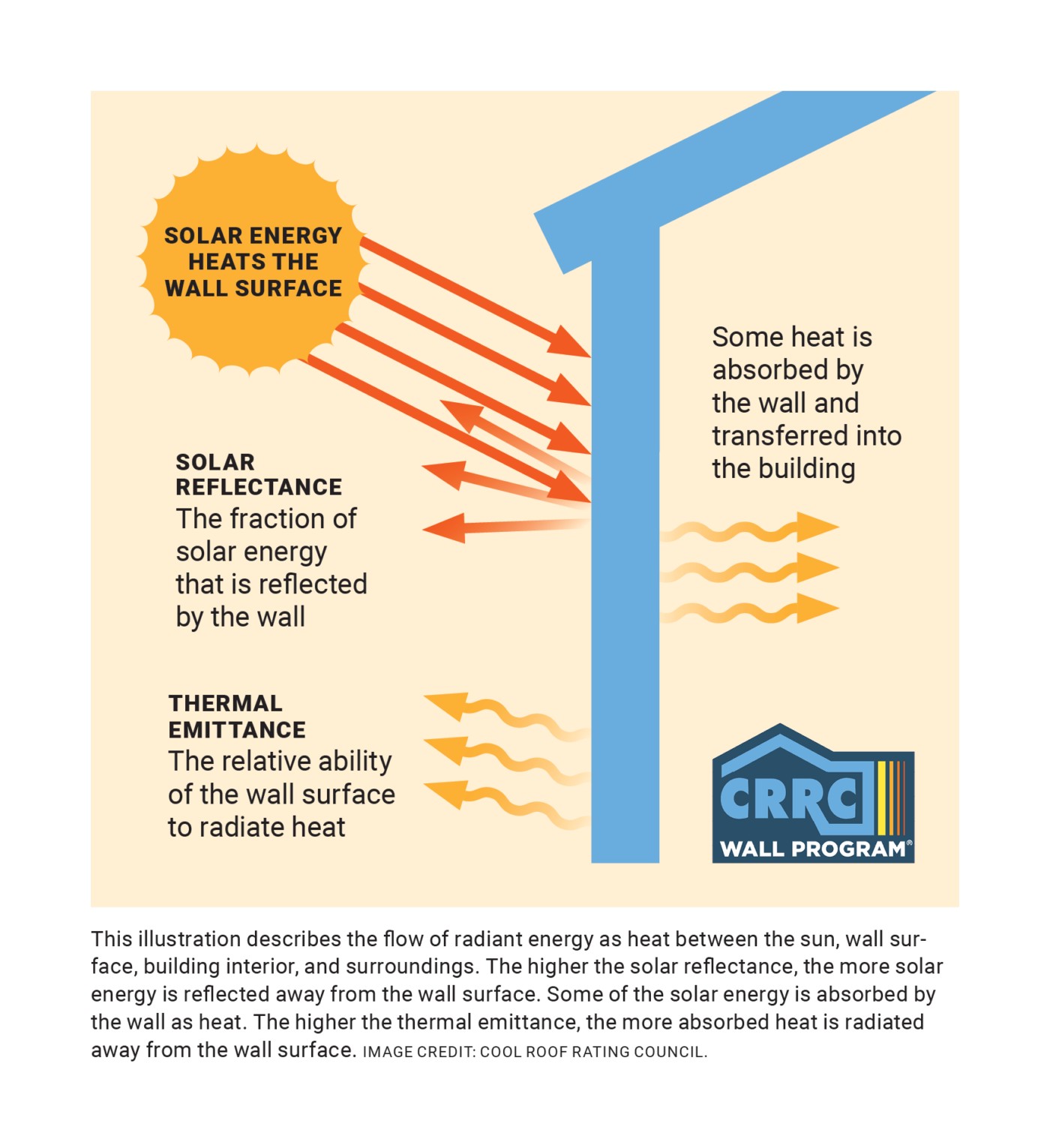What is a Cool Exterior Wall?
Cool exterior walls, like cool roofs, are materials that strongly reflect sunlight (solar energy) and cool themselves by efficiently emitting any heat that was absorbed. The exterior wall surface stays cooler and reduces the amount of heat conducted into the building.
The exteriors of many buildings are painted, regardless of the underlying material used in construction (such as wood, cementitious fiberboard, or stucco), in which case the paint layer determines how well the wall surface will stay cool during the day. Other types of siding, like metal or vinyl, may be pre-painted or pigmented in the factory. Cool exterior walls are available in a variety of lighter and darker colors that use reflective “cool” pigments. These pigments are more reflective of infrared light without affecting the color of the product.



The amount of sunlight that hits the walls of a building differs from that of a roof over the course of the day and year, with less solar energy hitting the wall overall. However, walls also generally have less insulation than roofs, with about half the amount of resistance to heat flow than that of a roof. These two factors combined result in similar savings from cool exterior walls to that of cool roofs.

Cool exterior walls are evaluated using the same two properties as cool roofs – solar reflectance and thermal emittance. Both properties are measured on a scale from 0 to 1, where 1 is the most reflective or emissive.
The CRRC measures these two properties for exterior wall products, both for the product's initial values and after three years of outdoor exposure. The CRRC publishes the results in the Rated Wall Products Directory. The Directory enables you to compare the rated values of various product types and brands.
Cool Surfaces Video
The below video provides core instruction on the topic of cool roofs and cool exterior walls and is one of three segments included in the Cool Surfaces Video. The other topics in the full video include the urban heat island effect, and surface radiative properties. All three segments can also be viewed as one video here or individually on the Cool Surfaces Lesson Plan page.
To view the video on YouTube or watch in full screen, click the YouTube logo at the bottom right of the video.
Cool Roofs and Walls (Cool Surfaces Video Part 3)

Potential Energy Savings with Cool Exterior Walls
Learn More
Learn About the CRRC Wall Rating Program
Learn MoreVisit Resources for Home and Building Owners to learn more about the benefits of cool exterior walls.
Cool Exterior Wall Research Studies and Presentations
Cool Walls U.S. Natural Exposure Program: Preliminary Analysis of 3-Year Results
Effect of high-albedo materials on pedestrian heat stress in urban street canyons
Effectiveness of cool walls on cooling load and urban temperature in a tropical climate
Energy Savings by Using Reflective Paint on Exterior Walls at the UC Davis Campus
Investigating the Urban Air Quality Effects of Cool Walls and Cool Roofs in Southern California






